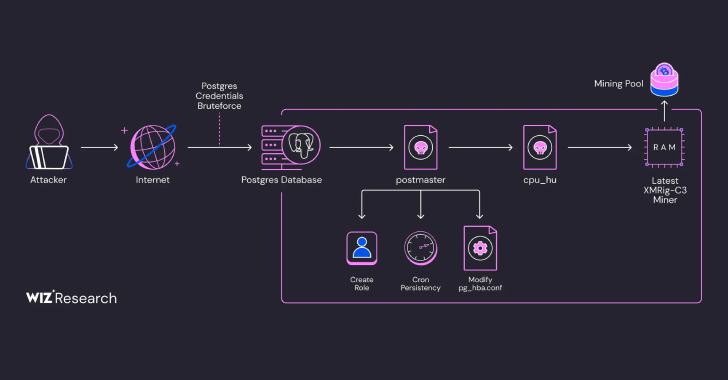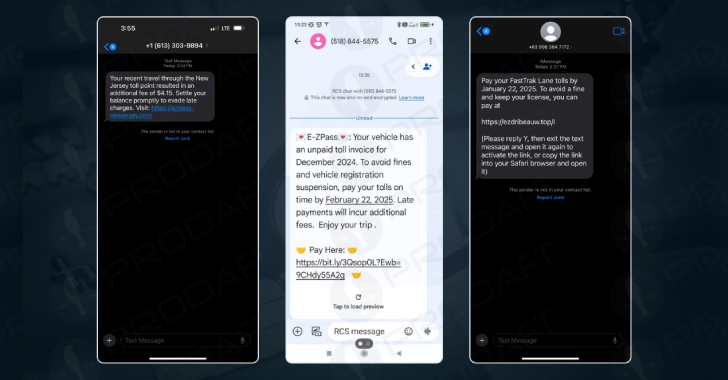
The Pillars of a Strong HIPAA Security Posture
Introduction
Healthcare organizations handle vast amounts of sensitive patient data, which makes them prime targets for cyberattacks. Protecting patient privacy and securing electronic health records (EHRs) is critical in maintaining a trusted and reliable healthcare system. The Health Insurance Portability and Accountability Act (HIPAA) provides guidelines and regulations to ensure the secure handling of protected health information (PHI). To establish a strong HIPAA security posture, healthcare organizations must implement several key pillars.
- Conduct a Comprehensive Risk Assessment
The first step towards building a strong HIPAA security posture is to conduct a thorough risk assessment. Identify potential vulnerabilities and threats to the confidentiality, integrity, and availability of PHI. Evaluate the potential impact of these risks on your organization’s operations and patient privacy. Regularly update and review risk assessments to adapt to evolving security threats.
- Develop Strong Policies and Procedures
Establishing robust policies and procedures is essential for HIPAA compliance. Create a comprehensive set of guidelines that encompass all aspects of PHI security, including access controls, data encryption, incident response, and employee training. Ensure that policies and procedures are reviewed regularly and communicated effectively to all employees.
- Implement Technical Safeguards
Implementing technical safeguards is crucial in protecting PHI from unauthorized access or disclosure. This includes utilizing tools such as firewalls, encryption, intrusion detection systems, and secure authentication methods. Regularly update software and systems to address vulnerabilities and apply patches promptly. Consider implementing security technologies like data loss prevention (DLP) systems to monitor and prevent data breaches.
- Train Employees on HIPAA Compliance
Employees play a critical role in maintaining HIPAA compliance. Conduct regular training programs to educate staff on the importance of protecting patient privacy and the proper handling of PHI. Train employees on identifying and reporting suspicious activities, such as phishing attempts or unauthorized access attempts. Reinforce the significance of strong passwords and the importance of reporting any potential security incidents promptly.
- Establish Access Controls and Audit Logs
Controlling access to PHI is a fundamental aspect of HIPAA compliance. Implement access controls that restrict access to only authorized personnel based on “need-to-know” principles. Regularly review and update access privileges to reflect personnel changes in the organization. Additionally, maintain comprehensive audit logs that record all accesses, modifications, and deletions of PHI data. Monitor and review these logs regularly for any suspicious activities.
- Conduct Regular Security Assessments
Carry out routine security assessments to identify potential vulnerabilities or weaknesses in your organization’s systems and processes. Engage third-party professionals to conduct penetration tests and vulnerability scans. Address any identified risks promptly and implement appropriate controls to mitigate them. Regular testing and assessment are critical for maintaining a strong and secure HIPAA environment.
- Develop an Incident Response Plan
Despite implementing strong security measures, incidents can still occur. Establishing a robust incident response plan is vital for minimizing the impact of data breaches or security incidents. Define roles and responsibilities in the event of a breach and establish clear communication channels. Regularly test and update the incident response plan to ensure its effectiveness.
- Maintain Business Associate Agreements
If your organization works with business associates who handle PHI on your behalf, ensure that you have signed business associate agreements (BAAs) with them. A BAA outlines the responsibilities and requirements for protecting PHI. Regularly review and update BAAs to ensure compliance with HIPAA regulations.
- Regularly Train and Update Business Associates
Business associates should also receive HIPAA training to ensure they understand and uphold their obligations to protect PHI. Regularly communicate and share updates on any changes to policies, procedures, or regulations to maintain compliance throughout your organization and with your business associates.
- Stay Up-to-Date with HIPAA Regulations
HIPAA regulations evolve over time, as new threats and technologies emerge. It is essential to stay informed about any changes or updates to HIPAA guidelines. Regularly review and update your policies, procedures, and technical safeguards to reflect the latest requirements. Engage with industry associations, attend seminars, and participate in relevant webinars to stay current with HIPAA regulations.
Conclusion
Achieving and maintaining a strong HIPAA security posture requires a multi-faceted approach. By focusing on these pillars, healthcare organizations can establish a robust framework for protecting PHI and ensuring compliance with HIPAA regulations. Remember that maintaining a secure environment is an ongoing effort, requiring regular assessments, training, updates, and a proactive approach to address emerging threats and maintain patient trust.
Contact Cyber Defense Advisors to learn more about our HIPAA Compliance solutions.





